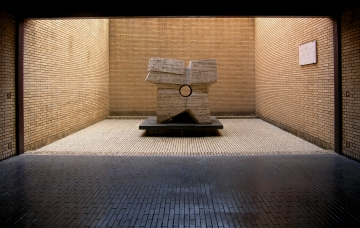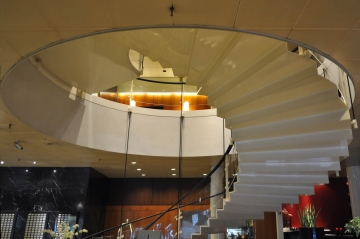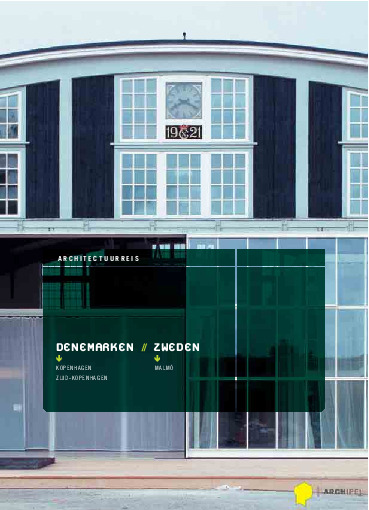Arne Jacobsen

Arne Jacobsen (°Copenhagen, 11 February 1902 – †24 March 1971) was a Danish architect and designer.
His father Johan was a wholesale trader in safety pins and snap fasteners. His mother Pouline was a bank teller whose hobby was painting floral motifs. He first hoped to become a painter but was dissuaded by his father who encouraged him to opt instead for the more secure domain of architecture. After a spell as an apprentice mason, Jacobsen was admitted to the Architecture School at the Royal Danish Academy of Fine Arts where from 1924 to 1927 he studied under Kay Fisker and Kaj Gottlob, both leading architects and designers.
Despite considerable public opposition to his avant-garde style, Jacobsen went on to build Stelling House on Gammeltorv, one of Copenhagen’s most historic squares. Although the modernistic style is rather restrained and was later seen as a model example of building in a historic setting, it caused virulent protests in its day. One newspaper wrote that Jacobsen ought to be “banned from architecture for life”.
During World War II, scarcity of building materials made assignments difficult to obtain and in 1943, due to his Jewish background, Arne Jacobsen had to abandon his office and go into exile to escape planned deportation. He fled Denmark, rowing a small boat across Øresund to neighbouring Sweden where he would stay for the next two years. His architectural work was limited to a summer house for two doctors. Instead he spent his time designing fabrics and wallpaper.
When the war ended in 1945, Jacobsen returned to Denmark and resumed his architectural career. The country was in urgent need of both housing and new public buildings but the primary need was for spartan buildings which could be built without delay.
After some years Jacobsen got his career back on track and with projects such as the Allehusene complex from 1952 and his Søholm terraced houses from 1955, he embarked on a more experimental phase. He moved into one of the Søholm houses and lived there until his death.













